Plastic dishes: pros and cons, features of use
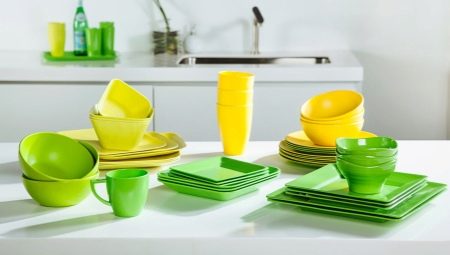
Plastic dishes are very convenient in everyday life, they are often used in a variety of situations. Nevertheless, in recent years, environmentalists have become more frequent statements that products in contact with plastic become hazardous to health. We will figure out what types of dishes exist, how to choose the highest quality option, how to use it correctly so as to minimize the risk of releasing harmful and toxic substances.
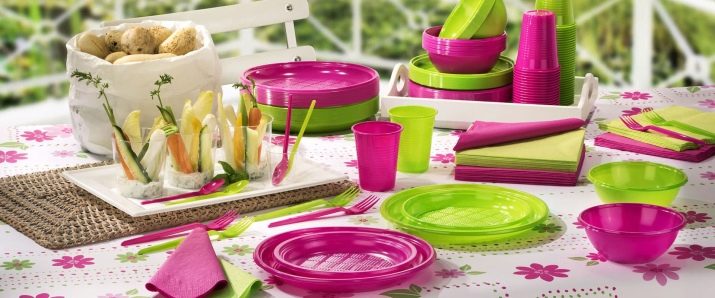
What are the dishes made of?
Plastic dishes are used in different life circumstances, they are easy to use and hygienic, they do not need additional care, and the cost of such cutlery and kitchen utensils is more than democratic. However, the controversy about the usefulness and compliance of the materials from which such dishes are made to the standards continues to this day - and in fact, improper use of plastic can lead to problems. Therefore, for a start, it is important to figure out what exactly the kitchen utensils are made of.
- Polyethylene terephthalate Is one of the most sustainable polymers, often used to make disposable tableware, soft water bottles, oils and sauces.
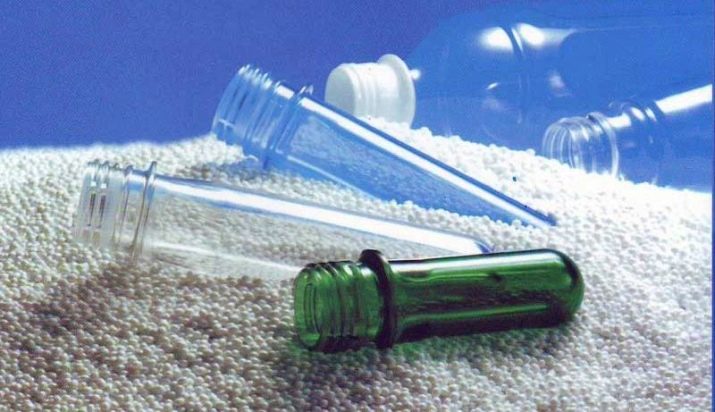
- Polyethylene - numerous types of it are used with varying degrees of density, depending on which the material can be used to make both cling film and baking sleeves, and plastic containers, bottles, reusable plates and bowls.
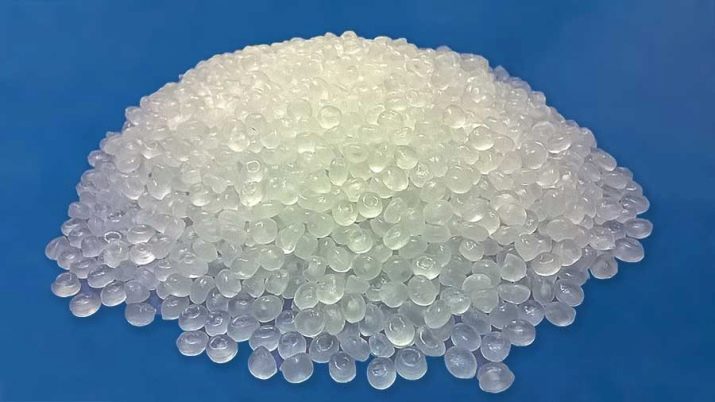
- Polystyrene - containers made from this polymer are mainly intended for storing bulk substances, chilled drinks and food at room temperature.
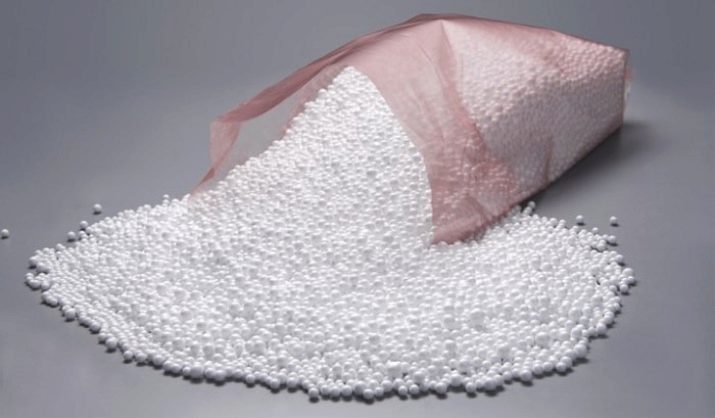
- Polypropylene - this material can withstand temperatures up to 130-140 degrees, therefore it is optimal for heating food in a microwave oven.

- Polyvinyl chloride Is a transparent plastic. Basically, it is needed for the preparation of containers and other containers that are rarely used for food or for individually wrapped products.

- Melamine - from such plastic, very beautiful dishes are obtained, outwardly reminiscent of porcelain. However, this is where the list of advantages of the material ends - the fact is that this type of plastics in large quantities releases chemical components into food. This is an extremely hazardous material, therefore, in recent years, there has been a ban on the manufacture of melamine tableware.
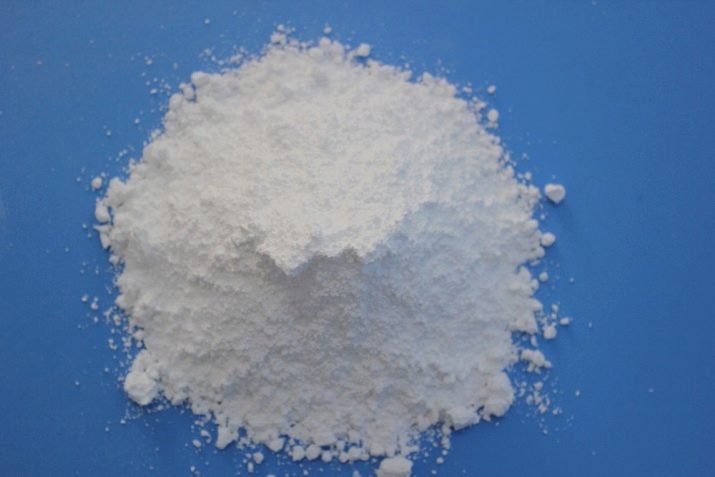
Advantages and disadvantages
Plastic tableware is indispensable for picnics, camping and hiking trips. These cutlery are easy to use, they do not require a lot of space, they weigh little, and are quite durable. Such dishes are especially relevant during school trips - it is not worth giving children heavy metal or ceramic containers, but they can carry plastic without any effort.
There is an opinion about the dangers of plastic. However, if you buy dishes of only proven quality from well-known manufacturers, while using them correctly, then they will not bring any harm to human health.
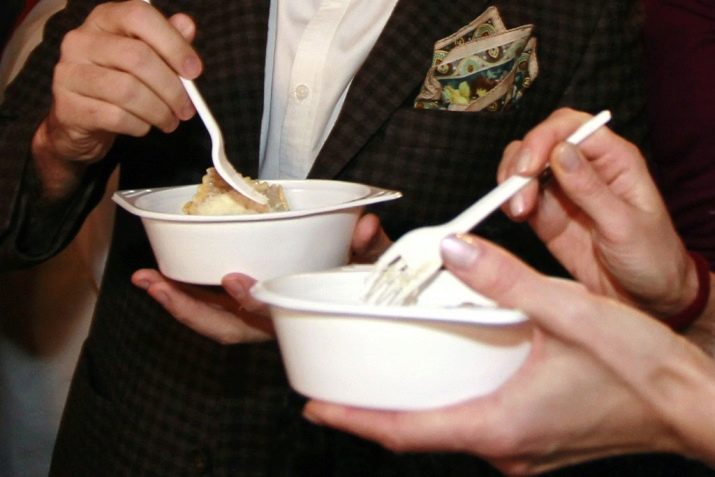
If we talk about cutting boards made of plastic, then in many ways they even surpass wooden ones in their operational parameters, since they do not deteriorate from contact with piercing-cutting devices. In addition, plastic does not create conditions for the reproduction of pathogenic microflora - fungi and mold, it is easy to clean and has a longer service life.
By their nature, polymers are non-toxic, and therefore it became possible to use them for food purposes, but one should be aware of some of the shortcomings of the material.
Pure plastic is rather fragile, it is not resistant to high and low temperatures, therefore, stabilizers are added to give it the necessary properties in the manufacture of dishes - this makes the cutlery more durable, but at the same time more poisonous.
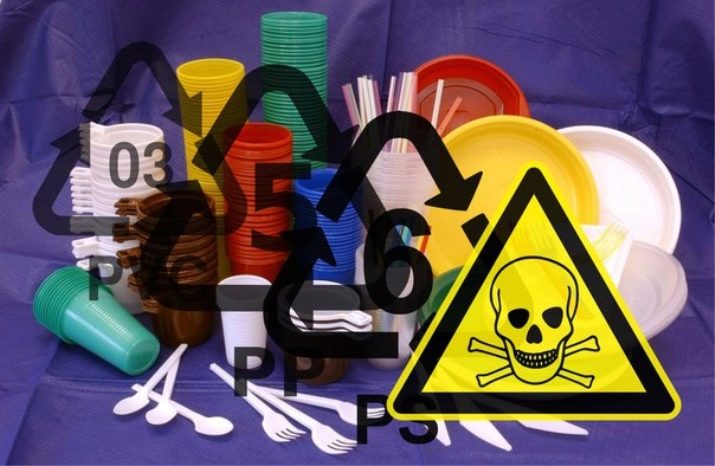
When certain conditions are reached, chemical additives and special solvents can enter food and have a pathogenic effect on the body.
- Formaldehyde provoke oncological, mutagenic or allergic diseases, negatively affect the genitourinary organs, disrupt the functioning of the central nervous system and kidneys.
- Phthalates - cause a sharp increase in systolic pressure and often lead to female and male infertility.
- Methanol - one of the most dangerous poisons that stimulates pathological processes in the central nervous system and organs of vision, often leads to chronic intoxication.
- Styrene - another substance that causes cancer. It affects the reproductive, nervous and cardiovascular systems, interferes with the normal metabolism.
- Bisphenol A - has the property of accumulating in the body, leading to diabetes, infertility and cancer. Dangerous for pregnant women.
- Vinyl chloride Is a carcinogen with a pronounced neurotropic effect, as a rule, it is released from a polyvinyl chloride container during aging. When it enters the human body, it is modified and converted into chloroethylene, which causes tumor processes in the liver, as well as the lungs, brain, circulatory and lymphatic systems. In this case, the beginning of the decomposition processes of plastic with vinyl chloride additives begins already 710 days after filling the vessel.
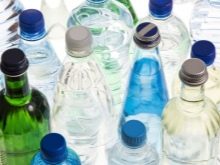

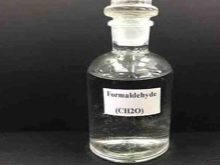
Types of dishes
Plastic dishes are divided into disposable and reusable according to their specific use.
Disposable has a lot of advantages, it is especially relevant when organizing picnics or small feasts, after which there is absolutely no desire to wash the dishes, the hostess will not have to be afraid that one of the guests will accidentally break their favorite plate.Disposable tableware is in demand at catering establishments, since it does not break, and in addition, it is lightweight, compact and does not require any sanitary and hygienic processing after use.
However, it should be understood that disposable dishes can only be used once. Many people wash it and put it on the table again, and this is not at all safe. Few people know that not all types of plastic dishes are intended for hot dishes, and alcohol from such dishes is completely forbidden to consume - upon contact with alcohol-containing substances, the plastic begins to collapse, and all toxic substances along with the drink enter the human body.
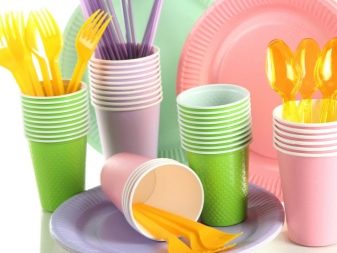

Many unscrupulous food service employees reuse plastic utensils - to prevent this from happening, it is recommended to squeeze plates and glasses immediately after use.
Reusable plastic tableware is also quite widely demanded; it is available in almost every apartment. Such cutlery includes food storage containers, mineral water bottles, plastic cutting boards, and reusable bowls and glasses for summer drinks.
When using such dishes, you need to understand that Not every utensil is suitable for freezer storage or hot food storage - it is important to pay attention to the labeling.

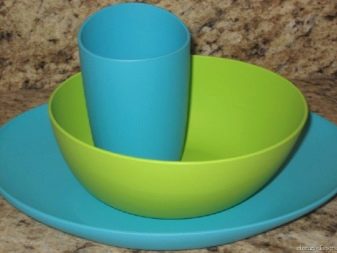
Vacuum reusable dishes have also become widespread, thanks to the air void created inside, long-term storage of products is ensured. Such utensils are especially popular for hard cheeses, river and sea fish, ground coffee. But these devices are not recommended for meat, berries, fruits and vegetables - in such conditions, an environment is created that is favorable for the reproduction of staphylococcus, salmonella and other pathogenic microorganisms.
Please be aware that in any case, plastic dishes are unsuitable for pickled, fermented, sour and canned foods.
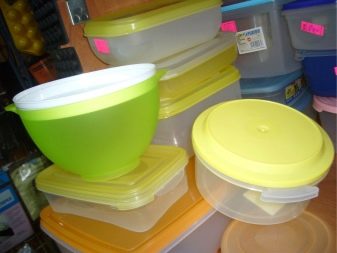

Manufacturers overview
The main share of plastic tableware in the domestic market is represented by products Tupperware, Huhtamaki and IKEA, Chinese manufacturers are a little behind them - they occupy about 35%, the share of plastic tableware from Poland and Portugal is about 7-8%.


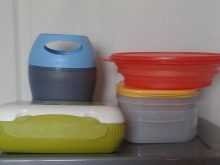
In recent years, there has been a tendency towards an increase in the share of Russian manufacturers. Their products are notable for their low cost and availability, so more and more buyers prefer it. Among the main brands are - StirolPlast, TsentrPak, Artplast and Rossi.
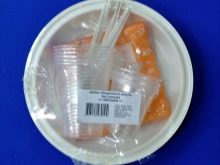
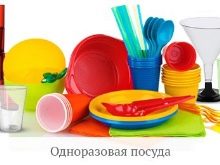

How to choose?
When buying plastic dishes, it is important to pay attention to the labeling, since the symbols on the packaging indicate the boundaries of the scope of the appliance.
So, it is very important to have a glass and fork sign on the cutlery set - this is the designation of utensils intended for storing food. If there is no such mark - plastic is most likely dangerous, it can harm the body - it is better to refuse the purchase.
The PS mark is used to mark polystyrene - such utensils can only be used for cold snacks and soft drinks. The material is incompatible with hot food and alcohol, as it causes an increased release of styrene, thereby harming the human liver and kidneys.
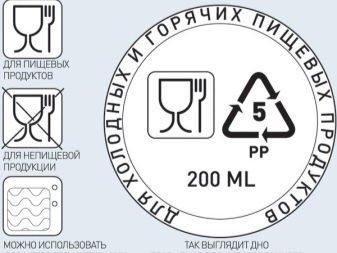
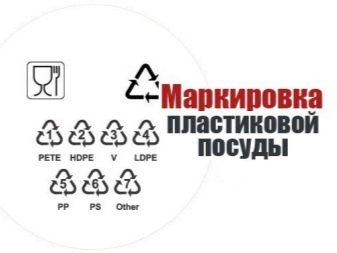
Digit 5 or PET denote polyethylene terephthalate - cups with similar markings are usually used in the sale of drinks such as kvass, fruit drink and lemonade. Drinking alcohol-containing liquids from them, as well as hot tea or coffee, is strictly prohibited.
PP- this is how polypropylene is labeled, it is absolutely incompatible with alcohol, when interacting with it, toxic substances are released that damage vision, liver and kidneys.
Digit 3 or PVC means the presence of polyvinyl chloride - the cheapest plastic that is harmful for food use, as it contains mercury, as well as cadmium, dioxins and other substances - usually the scope of its use is limited to the packaging of household chemicals.
PE - denotes polyethylene, this, according to experts, is the best material for making plastic dishes. Give preference to dishes from it.
Keep in mind that high-quality plastic dishes are usually made transparent; any colored dyes contain toxins that cause body poisoning.
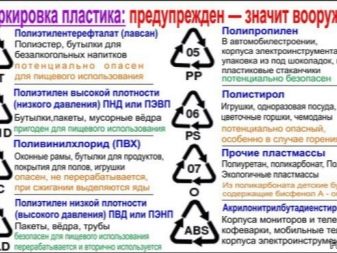
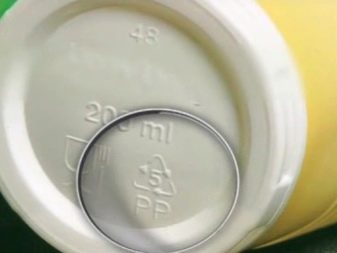
Usage Tips
In order for the use of plastic dishes to be safe, there are a few rules to follow.
- Use plastic cutlery only as a last resort when it is not possible to replace it with cutlery made of other materials.
- Pay attention to the markings.
- Avoid reusing disposable tableware. You should also not use the devices if you notice any damage to the product - scratches or cracks.
- Do not reheat plastic food in a microwave oven, even if it is marked accordingly. Keep in mind that heat is not evenly distributed in the microwave, so there is always a risk that one of the plastic areas will overheat and begin to release toxic elements.
- When drinking alcoholic beverages, as well as hot dishes, it is better to use glass or metal dishes.
- Do not leave dishes in direct sunlight, as ultraviolet light destroys plastic.
- Do not pack meats and cheeses in sealed plastic containers.
- It is impossible to burn such dishes after use, since during the melting process poisonous substances are released, in particular, the dangerous carcinogen dioxin.
- Throw out the used dishes into special bins designed to collect plastic waste.
It is not recommended to keep foods with a high content of acids, sugar and fat in plastic containers.
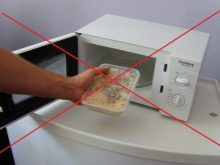

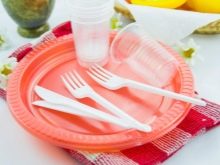
Please be aware that any polymer product has the property of "aging" under the influence of air, heat, light, as well as contact with aggressive substances. Dishes are destroyed if abrasive detergents and hard metal brushes are used to process them, therefore any plastic container, even reusable, should not be used for a long time.
Summarizing all of the above, we note: when a person develops illnesses, all the family's forces are directed to treatment, and few people try to look for the cause - and it is completely in vain, because the improper use of plastic dishes becomes a frequent cause of many pathologies.
Do not put yourself at risk - use only cookware of trusted manufacturers and only in strict accordance with the above rules.

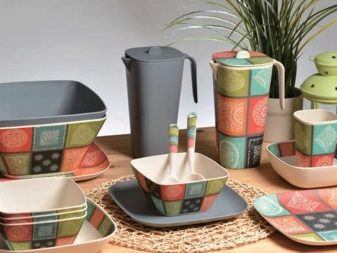
For information on how to make plastic dishes, see the next video.








